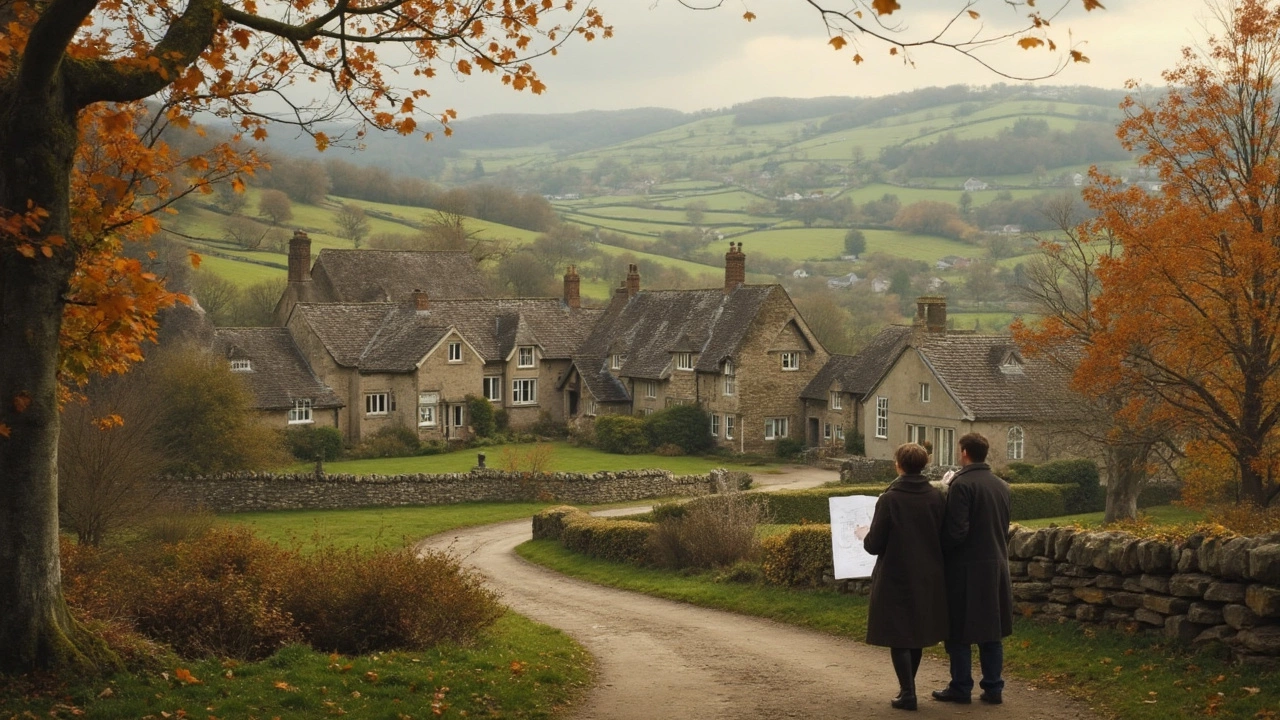Discover how to spot the best new build company, what matters most in build quality and service, plus tips on making the smartest choice for your dream home.
Home Construction: Practical Tips & Ideas
Thinking about building a new house or remodeling an existing one? You’re not alone. Most people feel overwhelmed by the endless choices, permits, and budgets. The good news is you don’t need an engineering degree to make solid decisions. Below you’ll find the basics that keep projects on track and wallets happy.
Planning Your Build the Right Way
Start with a simple list: what rooms you need, how big each should be, and your must‑have features. Sketch a rough floor plan on paper or use a free app – it’s faster than you think. Once the layout is set, check local building codes. A quick call to your council can save weeks of rework later.
Next, set a realistic budget. Break it down into land, foundation, structure, finishes, and a safety cushion for unexpected costs. Many homeowners forget the 10‑15% contingency; it’s the safety net that prevents panic when a pipe bursts or a supplier raises prices.
Choosing Materials That Last
Durability beats style when you’re picking materials. For walls, concrete blocks or insulated bricks give strength and energy efficiency. Flooring? Vinyl is cheap and lasts long, while hardwood adds charm but needs care. Remember that the cheapest tiles might crack under traffic – a small extra spend now avoids replacement later.
Don’t overlook the roof. Metal roofing is lightweight, fire‑resistant, and lasts 30‑40 years. It’s also easier to install over existing structures, saving labour costs. If you prefer tiles, choose high‑grade clay or concrete and check the warranty.
Windows and doors are another hidden budget trap. Double‑glazed units keep heat in, reducing bills, and modern uPVC frames resist rot. Investing a bit more up front can shave off hundreds on energy costs each year.
When it comes to interiors, pick fixtures that are easy to clean. Bathroom tiles with low‑porosity finishes resist mould, and kitchen countertops like quartz stay stain‑free. Small choices add up to a home that looks fresh for years.
Lastly, think about the timeline. A typical new build takes 6‑12 months, but waiting for permits or material deliveries can stretch that. Keep a simple Gantt chart and update it weekly – it keeps everyone on the same page.
With these basics covered, you’re ready to move from dreaming to doing. Remember, the best projects start with clear goals, a solid budget, and smart material choices. Happy building!
Deciding whether to build a new home or buy an existing one is a crucial financial decision. With fluctuating real estate markets and construction costs, it isn’t easy to pinpoint which option saves more money. This article breaks down the current trends in home construction and buying, gives practical advice on cost considerations, and explores the potential savings and risks of building your own home right now.

